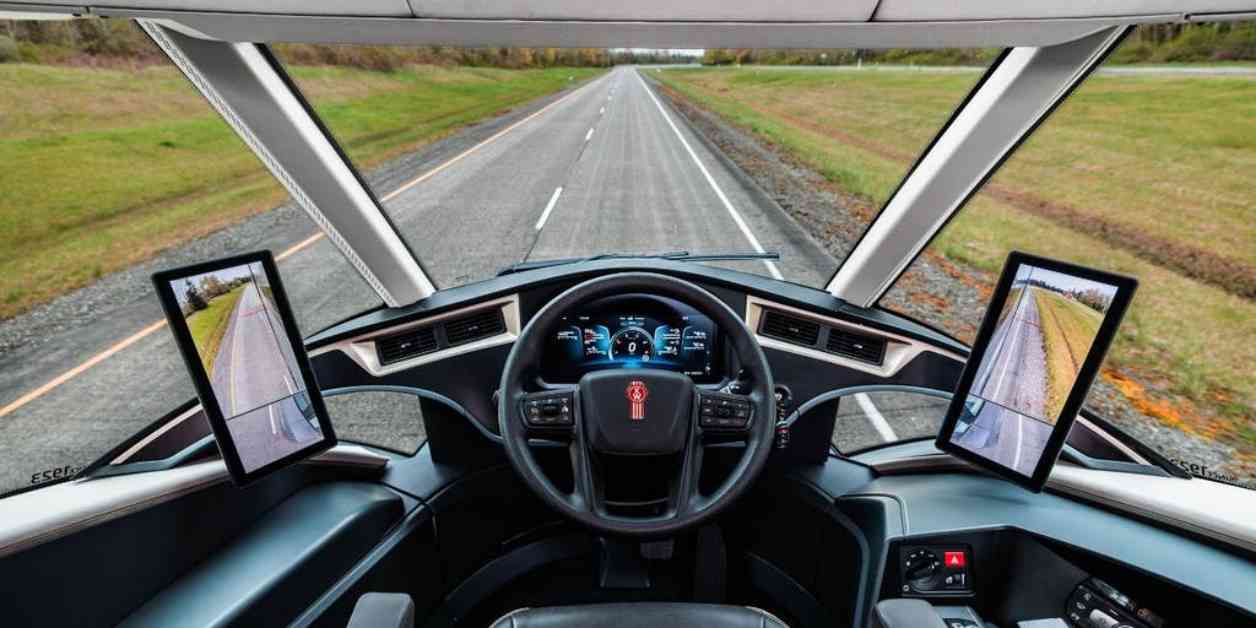Kenworth has introduced a new truck called the SuperTruck 2 at the Advanced Clean Transport expo in Las Vegas. This truck was developed through a six-year partnership with the U.S. Department of Energy to enhance freight efficiency while still using diesel as the main fuel source.
The SuperTruck 2 exceeded expectations by achieving a 136% improvement in efficiency compared to the 2009 Kenworth T660, which was known for its fuel efficiency. This was made possible by enhancing fuel efficiency up to 12.8 mpg and reducing the weight by over 7,000 pounds.
One of the standout features of the SuperTruck 2 is its aerodynamic design, resembling a bullet train with a central cockpit, a narrowed nose, and a sloped forehead. The truck also includes low skirts, enclosed wheels, and slim camera stalks with night vision capabilities instead of traditional side mirrors, resulting in a 48% reduction in drag.
Weight reduction was also a key factor, with the total weight of the SuperTruck 2 tractor and trailer coming in at 26,100 pounds, which is 7,100 pounds lighter than a typical setup. This was achieved through the use of lightweight tires, a smaller fuel tank, and innovative materials.
The power train of the SuperTruck 2 is impressive, combining a diesel engine with an electric generator to create a mild hybrid system. This system charges lithium-ion batteries through regenerative braking, improving engine efficiency to 55.7%.
For drivers, the SuperTruck 2 offers a panoramic view from the cockpit, a 15-inch digital display, and a sleeper berth with a fold-down bed and rotating tabletop for convenience.
While the SuperTruck 2 currently runs on diesel, it is designed to be adaptable to future battery-electric or hydrogen fuel cell systems. Kenworth sees this project as a way to explore and commercialize new technologies quickly in response to the goal of achieving a carbon-neutral society by 2050.
In conclusion, the SuperTruck 2 represents Kenworth’s dedication to innovation and efficiency in the trucking industry. While this particular truck may not be mass-produced, the technologies and design concepts developed during its creation could pave the way for more environmentally friendly and driver-focused commercial vehicles in the future. With the shift towards alternative energy sources in freight transport, the SuperTruck 2 sets a promising example for the industry’s future.



